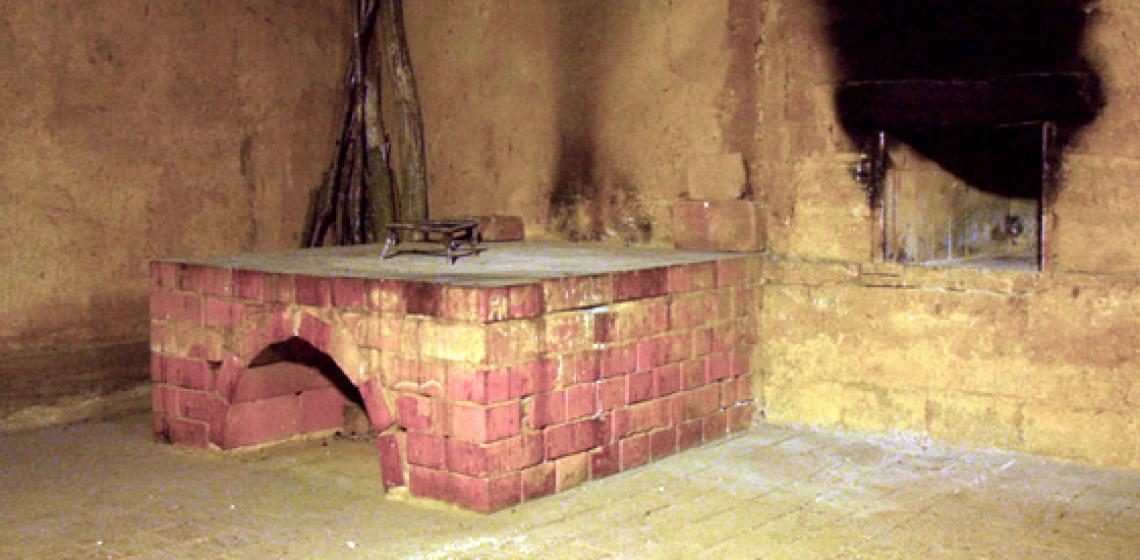
The Fränkische Freilandmuseum Bad Windsheim exists since about 1979 and counts 45 hectares. There are about 100 original buildings on site in this ethnographic open air museum. The museum is known for its demonstrations of crafts like making furniture or wooden buildings, working stone, glass or forging iron. Passion plays are performed as well.
On site is also an “archaeology museum” which previously was situated 1983-1998 in Bad Windsheim itself in the old Latin School. After moving to the open-air museum, one of the themes on show is the reconstruction of a grave house of a noble lady from Zeuzleben in Unterfranken. This Thuringian lady was buried in the 6th century with rich artefacts like a car, jewellery, dresses and household utensils.
However, there is also a ‘medieval’ group of buildings which partly are reconstructed and go back to originals from all across Bavaria. In the middle of this group, you will find a farm from Höffstetten together with some other houses inspired by examples from this region. A second group are three houses from the Altmühl area: the house of the day wager from Marienstein, the double house from Ochsenfeld and the stone house from Matting which is reachable by passing the bridge.
From West Franken, you will find a house covered with tiles from Hüttenheim, a straw thatched one from Kirchzell is in planning. Around the ‘medieval’ group of buildings, fields are being handled according to the medieval crop rotation system. Close to the archaeological museum, the archaeological village is situated. Two free reconstructions are built here which represent the 10th – 12th century building traditions: a house built with long purlins (“Firstpfostenhaus”) and a house with stone foundations or better said: post-and-plank storage building – with no visible archaeological remains. The storage building is covered with wooden shingles, both the other buildings are thatched with straw. In between the three houses, a well is made. Wattle fences form the limitation between the village and the outside world. The plan is to add a 7th century watermill to this group. The present three houses were shown before at the Garden show (Landesausstellung) “Heinrich II. und seine Zeit” in Bamberg, 2002. There, they represented the counterpart against the luxury life of the emperor. This 1:1 exhibition was planned by Walter Sage, archaeologist, the construction was made by staff of the Fränkische Freilandsmuseum. However, before opening of the exhibition, the reconstructed houses were destroyed by fire so what you see in the museum are reconstructions of reconstructions.
